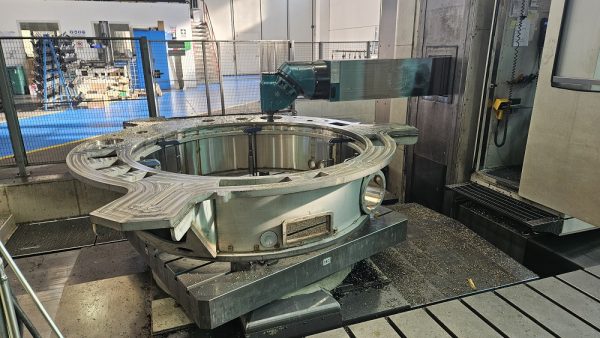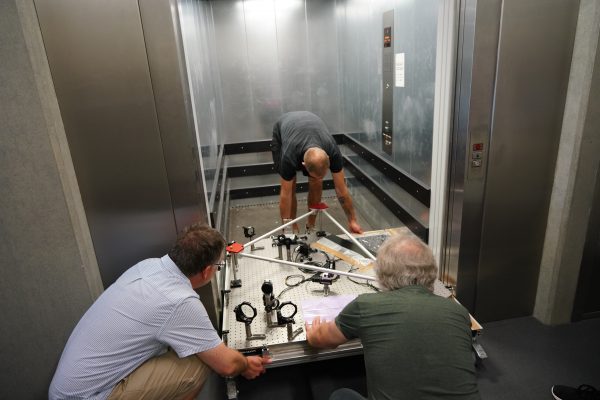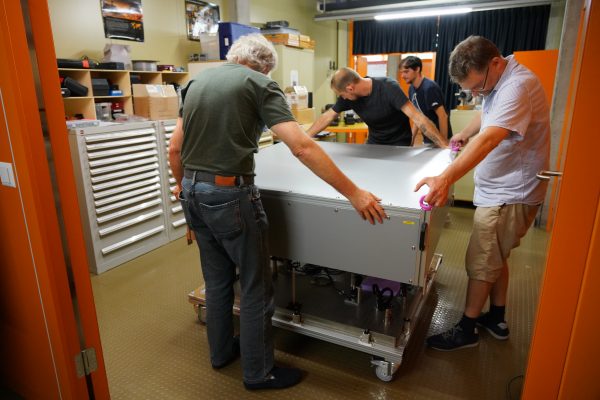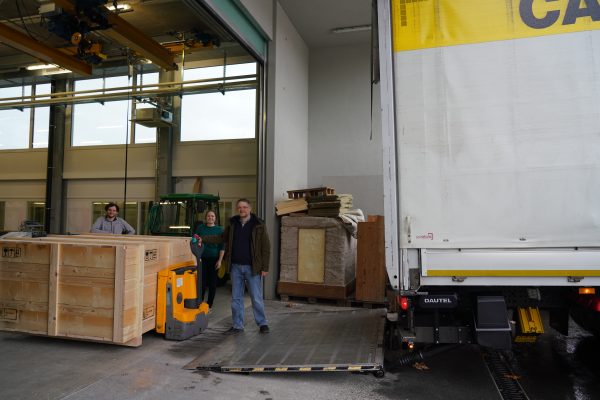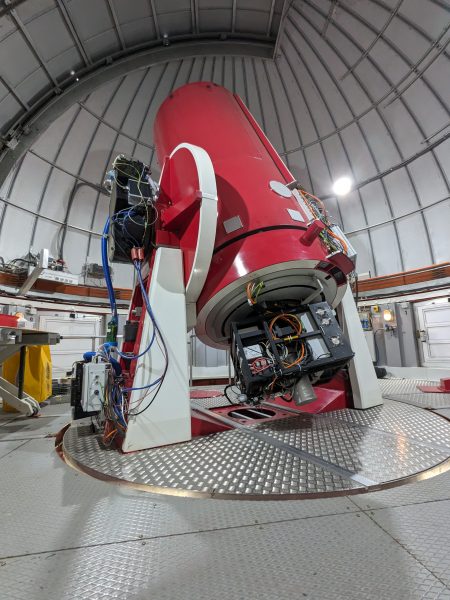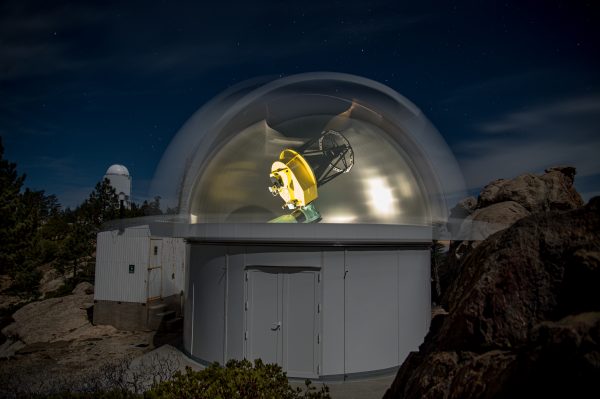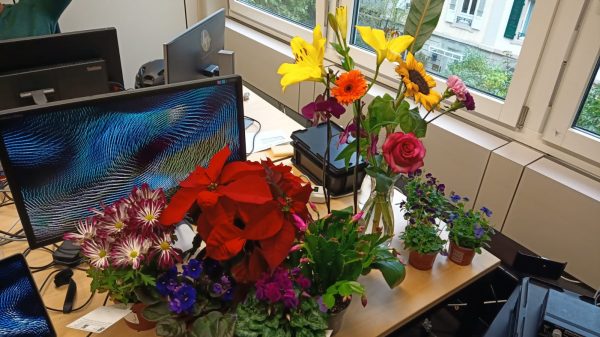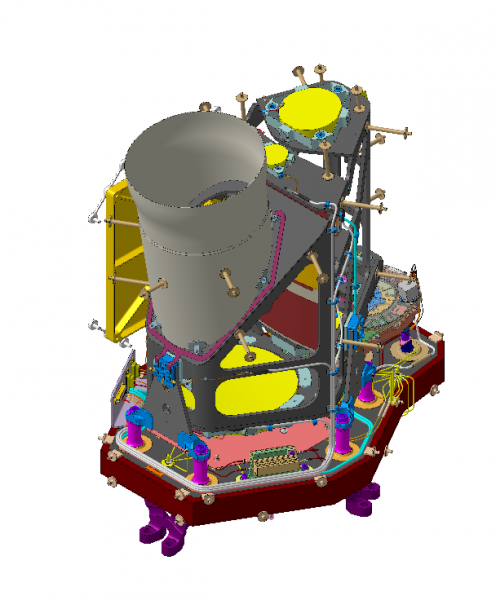Update on Instrumentation in PlanetS – February 2024
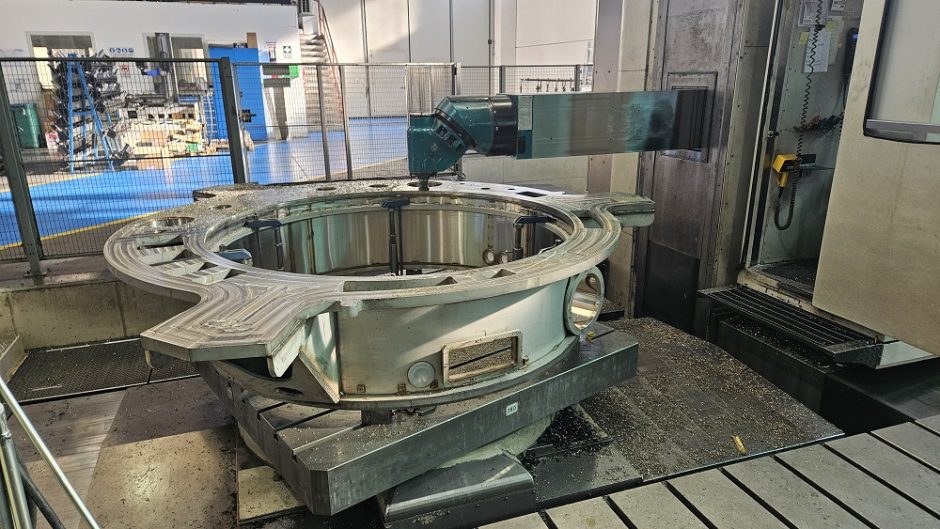
Discover the latest instrumental developments across the NCCR PlanetS!
METIS
METIS is taking shape! After 6 years of design work, the Mid-Infrared ELT Imager and Spectrograph (METIS) built started, as the goal is for this instrument to be installed at ESO’s ELT in 2028. Many components and parts are currently in manufacturing since the project underwent the last of its final design reviews end of 2023. ETH Zurich is providing the cryostat for the instrument, and the large parts of it are currently being machined by the suppling company DalBen in Italy. For more info about METIS, see its website or contact Adrian Glauser.
PLACID
The Programmable Liquid-crystal Active Coronagraphic Imager for the DAG telescope (PLACID) is on its way to Turkey! In fact, at the time of publishing, it has just reached Istanbul airport and is waiting for custom clearance. After assembly has been completed at the HEIG-VD in Yverdon-les-Bains, and following its factory acceptance review (May 2023), the instrument has been packed and is ready to be shipped to Turkey where it will be installed on the DAG (Dogu Anadolu Gözlemevi) 4-meter class telescope located in Eastern Anatolia Observatory. The telescope has successfully passed preliminary acceptance review in November 2023 and PLACID is on track for first light over the summer. For more info about PLACID see its website or contact Jonas Kühn.
Euler Telescope
The Swiss 1.2m telescope located in La Silla ESO’s observatory (Chile) recently got a facelift! During two recent technical missions, the personnel of the Observatory of Geneva did several upgrades and modifications to the Swiss telescope. A new motorisation system (making the telescope able to run 24h/7), several new softwares (e.g., targeting and centering for CORALIE, camera control, etc.) or a bunch of new computer hardware are just the tip of the iceberg. This was only the mandatory first step in preparation of an upgrade observation software to come in spring 2025, which will amongst other elements work in tandem with DACE to allow better follow-up observations. Additionally, one of the end-goal of those upgrades is to make the whole station fully automated by the end of 2025! To know more about Euler and its activities you can contact Pedro Figueira.
SAINT-EX: Up And Running Again!
The operations of the SAINT-EX telescope have resumed! With the completion of repairs and the installation of updated control software last December, the fully remote-controlled telescope is up and running again after over a year out of service.
This long interruption occurred after a lightning struck a tree close to the telescope in June 2022, damaging several vital components. The facility, located in the Sierra San Pedro Mártir (Baja California, Mexico) had several parts impaired, including its central control computer and components of the control cabinet.
FlyPol
In October 2023, Willeke Mulder (Leiden Observatory) visited the Exoplanets and Origins of Life group at the University of Bern for an measurements campaign carried out using an upgraded version of FlyPol. The goal was to measure the polarizance of various flowers before a next campaign in the field, to be carried in spring. FlyPol is a first-step instrument toward the goal of finding life in the outer Solar System – using full-Stokes spectropolarimetry. It has previously been used in airborne observations of the Earth’s surface polarizance. For more info about FlyPol see the SenseLife website or contact Lucas Patty.
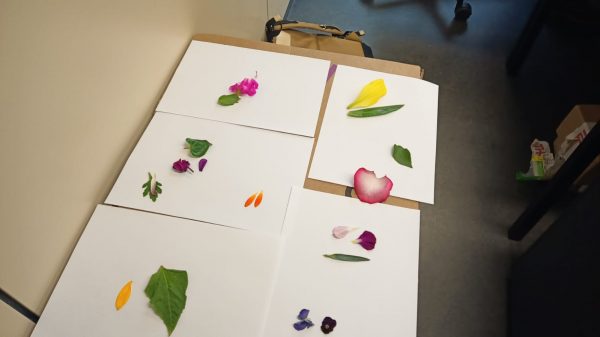
Petals and leaves of each flowers have been analysed with FlyPol to determine if they present a distinctive homochirality.
CoCa
The year 2024 will be a big one for Comet Interceptor’s Comet Camera (CoCa)! Having passed Critical Design Review in the second half of 2023, the instrument is entering its main implementation phase, with an engineering model being completed this month, and with the subsystems of the flight model to be completed by the end of the year, leading into final assembly and testing during 2025.
Categories: Internal Newsletter
